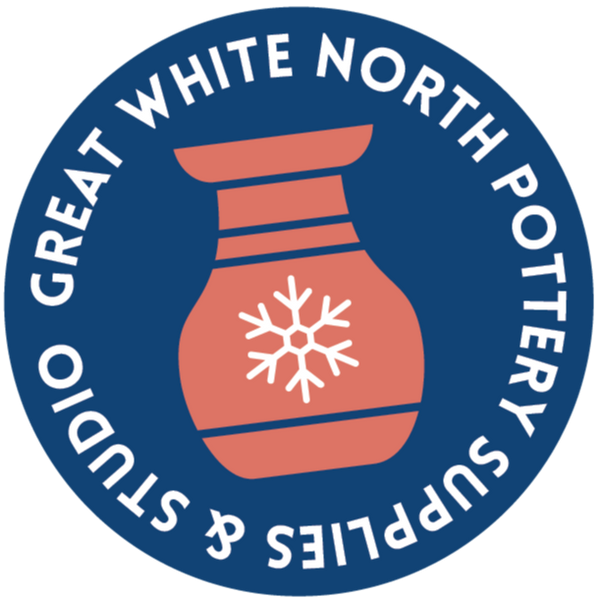Misc. Vendor
Grolleg
Grolleg
SKU:MKAOGROL-1LB
Impossible de charger la disponibilité du service de retrait
Grolleg is the industry name for this blended English china clay, which features moderate plasticity, low titania content and relatively high flux content, low shrinkage and blue-white fired color. It is excellent for making translucent throwing or casting porcelains. The pottery community uses many Grolleg-based porcelains.
The chemistry of grolleg is different from a typical North American kaolin (such as EPK), as it contains some fluxing oxides (e.g. it has almost 2% K2O). Thus porcelain bodies employing it require slightly less feldspar to vitrify.
For use in plastic porcelains, there is dilemma that body formulators face: This material has a much lower plasticity than American materials like #6 Tile and Sapphire kaolin. Thus porcelain bodies employing it require additions of a plasticizer like bentonite (up to 5% is common). Since bentonites having the necessary plasticity are also exceptionally high in iron, people must balance the advantages of using a white burning and more costly material like this against the low plasticity that makes the addition of dirty plasticizers necessary. The low TiO2 content is a key factor for its usefulness in making translucent bodies and even 5% bentonite having 5% iron content will only increase iron in the body by 0.25%. However, if plasticity and whiteness are important and translucency is secondary, you might find that more plastic kaolins are better for plastic bodies.
For use in glazes, grolleg is slightly less finicky. While the chemistry difference between this and more typical kaolins is certainly worth noting for bodies, it is still likely close enough to the theoretical 1 alumina and 2 silica to be used in glazes that call for kaolin or china clay. However, there may be exceptions where grolleg is preferred because the titania in other kaolins is detrimental to the development of a color - for instance, titanium can turn celedons to a greenish tint, which may be undesirable for some artists. Another example is where transparent glazes are used over a grolleg kaolin: those employing grolleg in the glaze also have a bluish tint that many prefer.
Share


